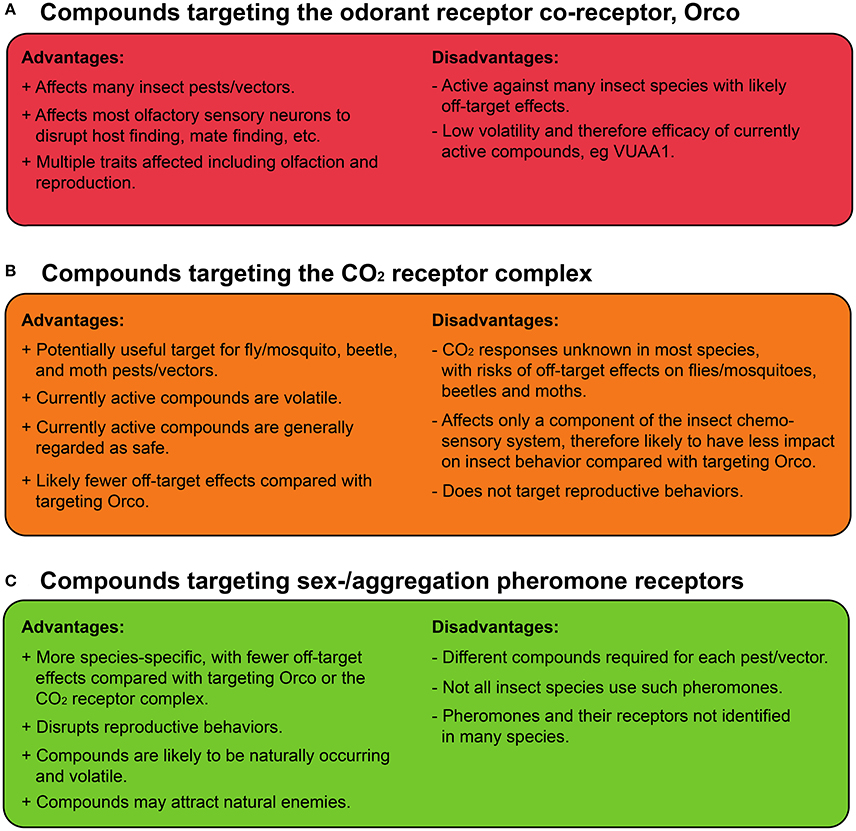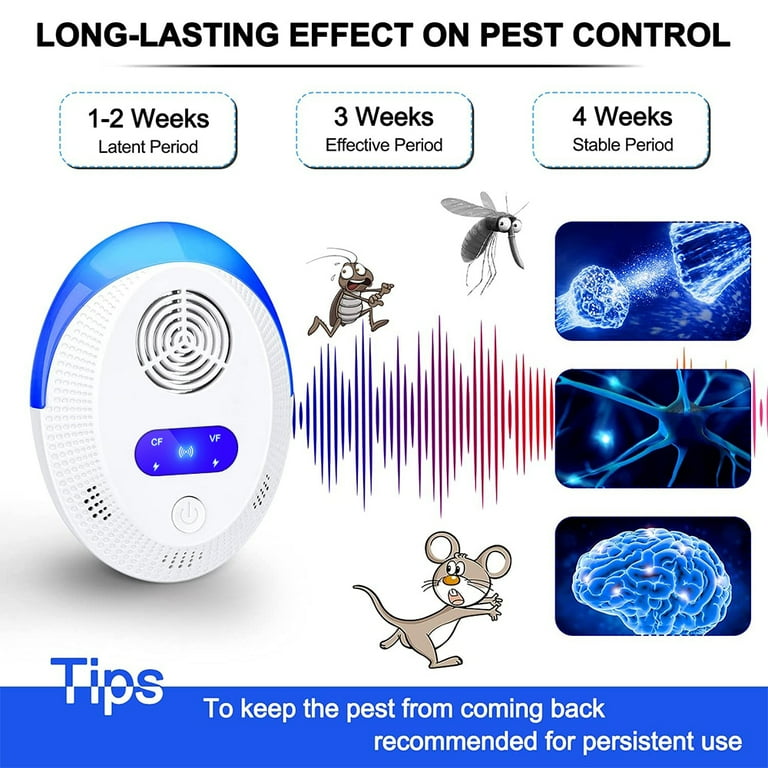Eco Bed Bug Exterminators Dc Fundamentals Explained
9 Simple Techniques For Eco Bed Bug Exterminators Dc
Table of ContentsHow Eco Bed Bug Exterminators Dc can Save You Time, Stress, and Money.Rumored Buzz on Eco Bed Bug Exterminators DcSome Ideas on Eco Bed Bug Exterminators Dc You Should KnowEco Bed Bug Exterminators Dc - An Overview4 Easy Facts About Eco Bed Bug Exterminators Dc Explained
Because pesticides are harmful, they are also possibly harmful to people, animals, other microorganisms, and the atmosphere. Therefore, people that use chemicals or regularly can be found in call with them need to understand the relative poisoning, prospective health and wellness effects, and preventative actions to minimize exposure to the products they use. Danger, or threat, of utilizing pesticides is the possibility for injury, or the degree of risk involved in utilizing a chemical under a given set of problems.
Applicators can decrease or virtually remove direct exposure-- and hence minimize danger-- by following the label instructions, making use of personal safety apparel and tools (PPE), and handling the chemical properly. More than 95 percent of all pesticide direct exposures come from facial exposure, primarily to the hands and lower arms. By putting on a pair of unlined, chemical-resistant gloves, this sort of exposure can be nearly gotten rid of.
The dangerous impacts that happen from a solitary exposure by any type of course of access are called "intense effects." The four courses of exposure are dermal (skin), breathing (lungs), dental (mouth), and the eyes. Severe poisoning is determined by checking out the facial toxicity, breathing toxicity, and dental poisoning of guinea pig.
The Ultimate Guide To Eco Bed Bug Exterminators Dc
Severe toxicity is measured as the quantity or focus of a toxicant-- the a.i.-- called for to eliminate half of the animals in a test populace. This step is usually revealed as the LD50 (lethal dose 50) or the LC50 (deadly focus 50). Additionally, the LD50 and LC50 worths are based upon a solitary dose and are recorded in milligrams of chemical per kilo of body weight (mg/kg) of the test pet or partially per million (ppm).
The reduced the LD50 or LC50 worth of a chemical product, the higher its toxicity to humans and pets. Pesticides with a high LD50 are the least harmful to humans if used according to the instructions on the item tag. The persistent toxicity of a chemical is established by subjecting examination pets to long-lasting exposure to the energetic ingredient.
The persistent poisoning of a pesticide is more challenging than acute poisoning to establish with laboratory analysis. Products are categorized on the basis of their family member intense toxicity (their LD50 or LC50 values). Chemicals that are categorized as extremely toxic (Toxicity Classification I) on the basis of either dental, dermal, or inhalation toxicity need to have the signal words DANGER and POISON published in red with a skull and crossbones symbol plainly presented on the front panel of the plan label.
The intense (single dose) oral LD50 for chemical products in this group varies from a trace total up to 50 mg/kg. Direct exposure of a couple of drops of a material taken orally might be fatal to a 150-pound individual. https://www.metal-archives.com/users/ecobedbug3xt. Some chemical items have just the signal word Source threat, which tells you nothing regarding the severe toxicity, just that the item can cause severe eye damages or extreme skin inflammation
The Greatest Guide To Eco Bed Bug Exterminators Dc
In this classification, the intense dental LD50 arrays from 50 to 500 mg/kg. A tsp to an ounce of this material might be deadly to a 150-pound person (bed bug spray). Chemical products categorized as either somewhat harmful or reasonably nontoxic (Poisoning Groups III and IV) are required to have the signal word CAUTION on the pesticide label

All pesticide toxicity values, consisting of the LD50, can be discovered on the item's Product Security Data Sheet (MSDS) - bed bug exterminator. Chemical labels and MSDS can be obtained from retailers or manufactures. Additionally, a lot of products additionally know that can be located on the Net. The signs and symptoms of pesticide poisoning can vary from a moderate skin irritation to coma or also fatality.
Individuals also differ in their level of sensitivity to different degrees of these chemicals. Some individuals might show no reaction to a direct exposure that might create serious health problem in others (exterminator near me). As a result of prospective health problems, pesticide users and trainers should recognize the typical indicators and signs of pesticide poisoning. The impacts, or signs, of chemical poisoning can be generally defined as either topical or systemic.
Eco Bed Bug Exterminators Dc Fundamentals Explained
Dermatitis, or inflammation of the skin, is accepted as the most frequently reported topical impact linked with chemical exposure. Some people tend to cough, wheeze, or sneeze when revealed to chemical sprays.
This signs and symptom generally subsides within a couple of minutes after an individual is eliminated from the exposure to the toxic irritant. A reaction to a pesticide item that causes a person not only to sneeze and cough yet likewise to establish severe acute breathing symptoms is extra most likely to be a real hypersensitivity or sensitive reaction.
Systemic impacts are quite various from topical impacts. They often take place away from the initial factor of call as an outcome of the pesticide being taken in right into and distributed throughout the body. Systemic results commonly consist of nausea or vomiting, vomiting, exhaustion, headache, and intestinal tract disorders. In sophisticated poisoning instances, the individual may experience adjustments in heart rate, difficulty breathing, convulsions, and coma, which can bring about death.